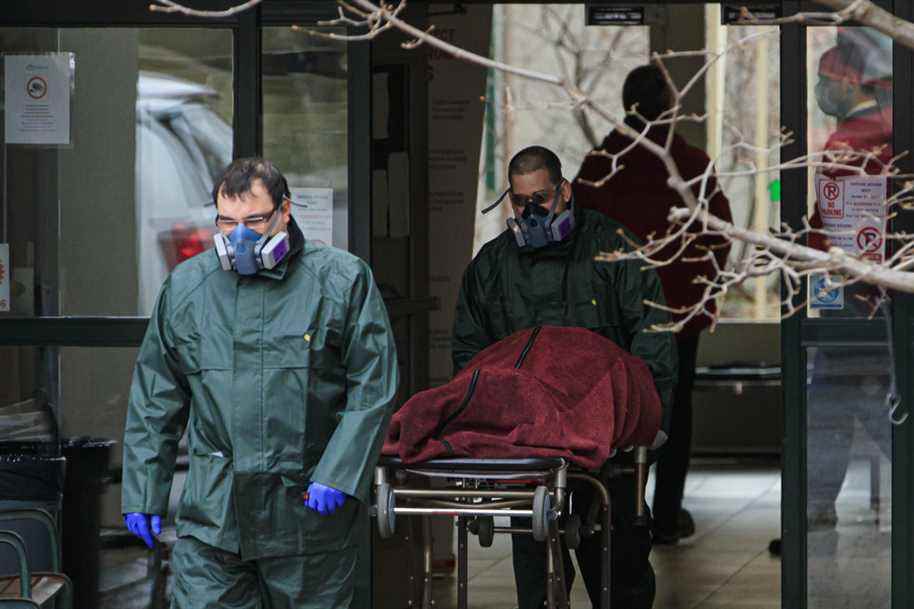(Montreal) Coroner Géhane Kamel will return to the helm of her inquest into the deaths that occurred in CHSLDs during the first wave of the pandemic on Monday.
The investigation, which has gone on for months, is now on its home stretch, and unless the coroner calls new witnesses, this week will be the last in the factual segment.
The most anticipated hearing is undoubtedly that of the Minister responsible for Seniors and Caregivers, Marguerite Blais, whose date of passage had been postponed due to health problems, arousing the suspicion of the opposition parties.
But before that, those who will be called to testify on Monday are two officials from the Ministry of Health. One of them, the head of civil security Martin Simard, is according to the coroner the “missing piece of the puzzle” to understand what preparations were actually made between January and March 2020.

PHOTO MARTIN CHAMBERLAND, PRESS ARCHIVES
Coroner Géhane Kamel
Still unanswered questions
This period, which the coroner described as a “black hole”, was the subject of very contradictory testimony throughout the inquest.
Also in the coroner’s line of sight, there is the disappearance of the reports on CHSLD inspections that had been made during the first wave. Last November, health ministry officials claimed that inspectors’ observations were transmitted verbally, and that computer data was overwritten with each new visit, an explanation that raised doubts among many.
First, the coroner had only received a “blank report” and an “Excel sheet”, according to her, and had raised the idea of summoning the inspectors themselves to testify.
Eventually, backup copies of the reports were sent to him.
Another source of exasperation for the coroner is the apparent discrepancy between the authorities’ directives and their application in the field. During their visit to the hearings, officials from the Ministry of Health said that the slogan had never been that residents of CHSLDs could not be sent to hospital, but that these transfers had to be limited. Yet this is how the instructions have often been interpreted.
The context of the investigation
The coroner’s inquest is looking into the deaths of elderly or vulnerable people who occurred in residential settings during the first wave of the COVID-19 pandemic.
During this initial wave, from February 25 to July 11, 2020, Quebecers aged 70 and over accounted for 92% of deaths from COVID-19, according to data from the Institut national de santé publique du Québec. These are 5,211 of them who then succumbed to the disease.
The coroner’s inquest is limited to events that took place between March 12 and 1er May, at the height of the crisis.
Its objective is not to identify a culprit, but to formulate recommendations to avoid future tragedies.
Six CHSLDs and a retirement home were designated as a sample. One death was examined for each establishment.
Since November, the coroner has been looking into the provincial management of the crisis. A final component, that of recommendations, will begin next week.
This article has been produced with the financial support of the Facebook Stock Exchanges and The Canadian Press for News.
